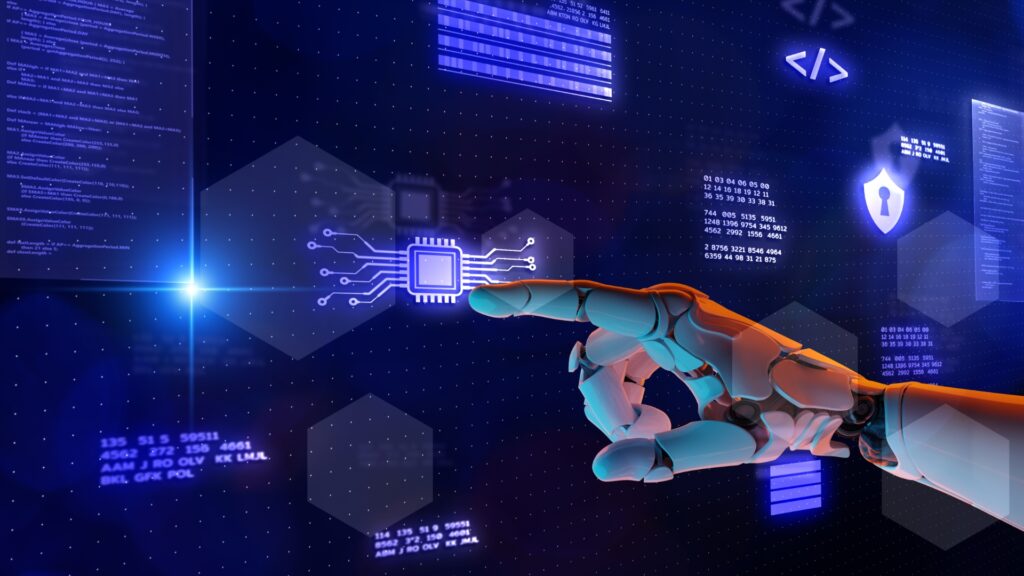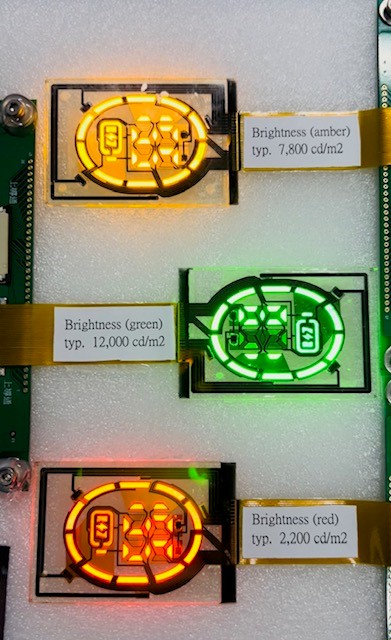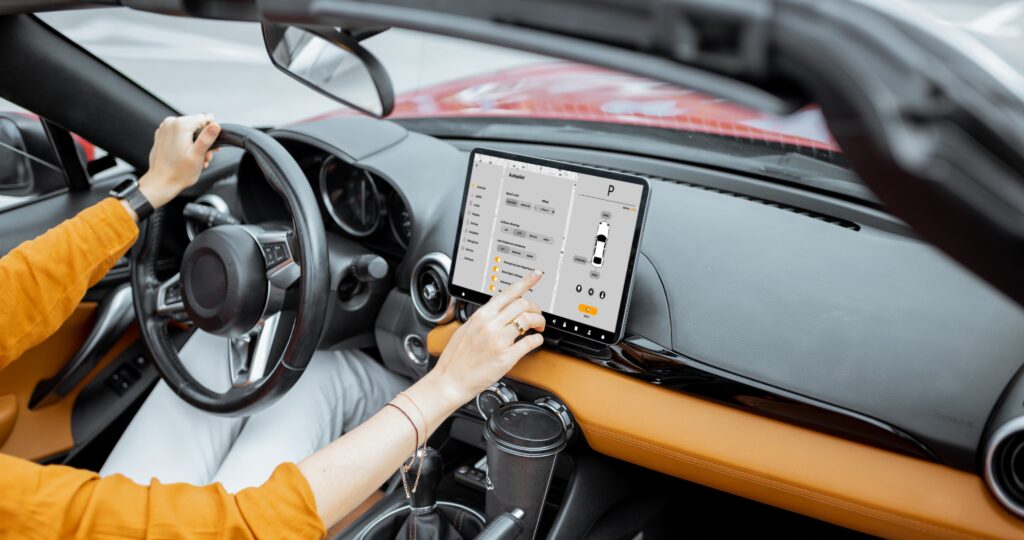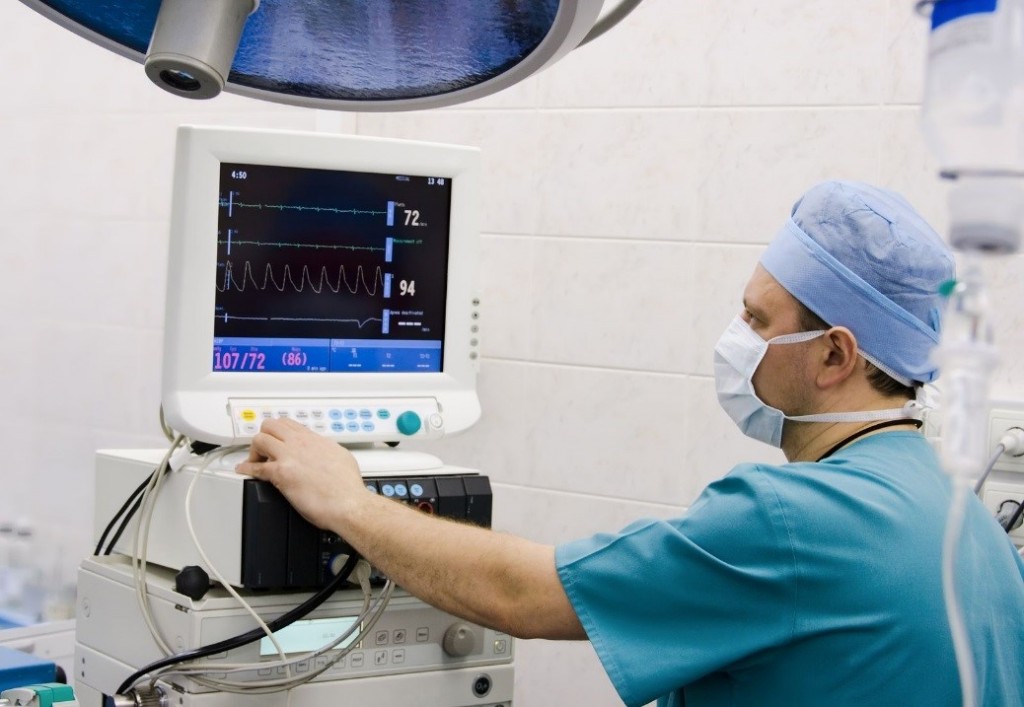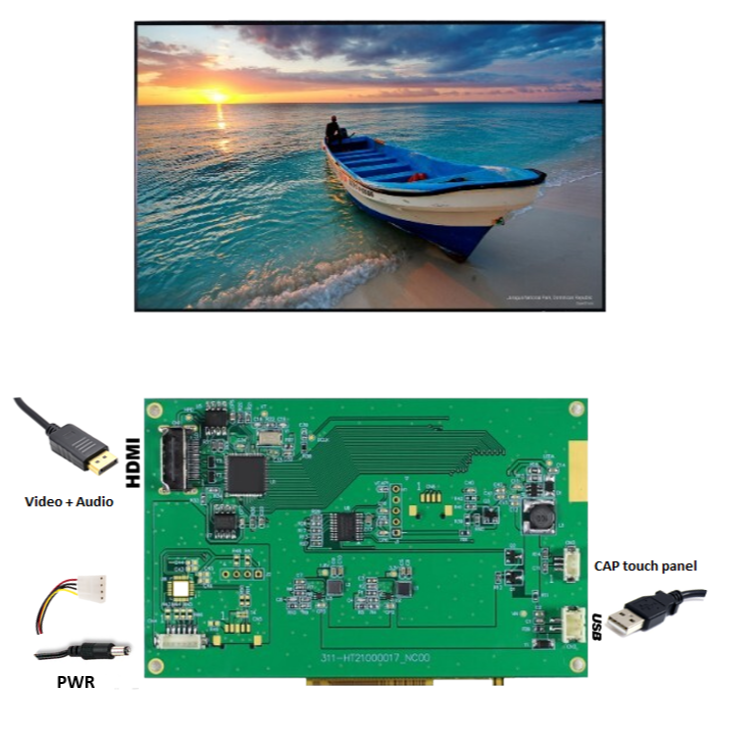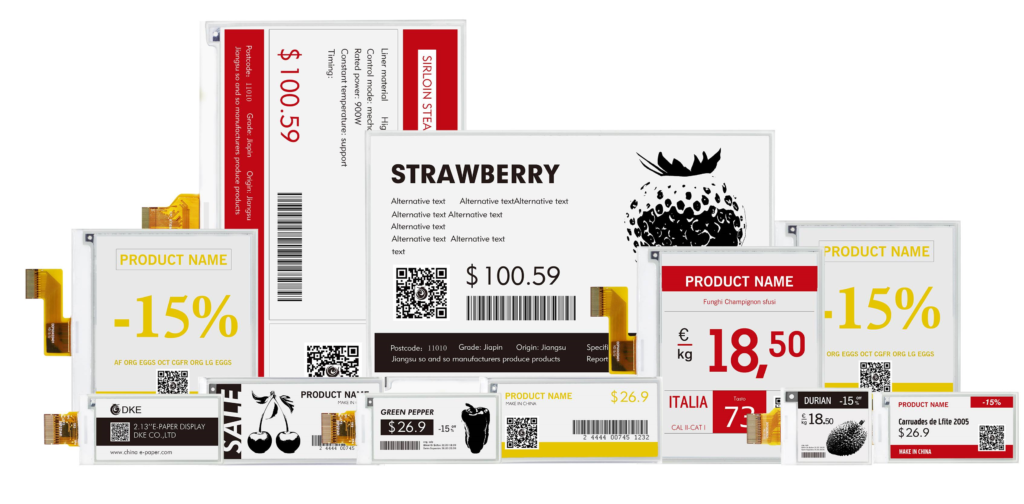
In the ever-evolving landscape of technology, one innovation stands out for its simplicity yet profound impact – electronic paper, or e-Paper. This revolutionary display technology has transformed the way we interact with information, providing a versatile and energy-efficient alternative to traditional displays. From e-book readers to digital signage, e-Paper has found its way into various applications, leaving a lasting impression on the display industry.
The Birth of e-Paper
The concept of electronic paper traces back to the 1970s when researchers began exploring ways to create a display that mimicked the appearance of ink on paper. However, it wasn’t until the early 2000s that e-Paper technology started gaining traction, thanks to the efforts of companies like E Ink Corporation. E Ink’s electronic ink technology, based on microcapsules containing positively charged white particles and negatively charged black particles suspended in a clear fluid, paved the way for the development of e-Paper displays.
Key Features and Advantages
What sets e-Paper apart from conventional displays is its unique set of features and advantages:
- Paper-like Appearance: The most striking feature of e-Paper is its resemblance to traditional ink on paper, providing a comfortable reading experience without the glare and eye strain associated with backlit screens.
- Low Power Consumption: Unlike LCD and OLED displays that require a constant power source to maintain image integrity, e-Paper only consumes power when updating the display. Once an image is displayed, no additional power is needed, making e-Paper extremely energy-efficient and well-suited for battery-powered devices.
- Sunlight Readability: One of the significant challenges faced by conventional displays is readability in bright sunlight. E-Paper excels in this aspect, offering excellent visibility even in direct sunlight, making it ideal for outdoor signage and e-book readers.
- Flexibility and Durability: E-Paper displays are inherently flexible and can be manufactured on various substrates, including plastic and glass. This flexibility, coupled with their durability, opens up opportunities for innovative form factors and applications, such as wearable devices and smart clothing.
- Longevity: Traditional displays are prone to degradation over time, leading to image retention and color shift. E-Paper, on the other hand, boasts an impressive lifespan, with minimal degradation even after thousands of display cycles.
Applications Across Industries
The versatility of e-Paper has spurred its adoption across a wide range of industries, including:
- E-Readers: Perhaps the most well-known application of e-Paper is in e-book readers like the Amazon Kindle. The paper-like display not only enhances the reading experience but also extends battery life, allowing users to enjoy weeks of reading on a single charge.
- Digital Signage: E-Paper displays are increasingly being used for digital signage in retail stores, transportation hubs, and corporate environments. Their low power consumption, readability in sunlight, and flexibility make them an attractive choice for dynamic signage that doesn’t require constant power supply or maintenance.
- Smart Packaging: Brands are leveraging e-Paper technology to create interactive and dynamic packaging solutions. E-Paper displays embedded in product packaging can provide real-time information, promotions, and personalized messages, enhancing the overall consumer experience.
- Electronic Shelf Labels (ESL): Retailers are replacing traditional paper labels with ESL systems powered by e-Paper displays. These digital price tags not only streamline pricing updates but also enable dynamic pricing strategies and improve inventory management.
- Wearables and IoT Devices: The flexibility and low power consumption of e-Paper make it an ideal display technology for wearables and Internet of Things (IoT) devices. From smartwatches to smart home controllers, e-Paper displays offer an efficient and readable interface for interacting with data and notifications.
Future Outlook
As e-Paper technology continues to evolve, we can expect further innovations that push the boundaries of display capabilities. Advances in color e-Paper, faster refresh rates, and larger form factors will expand the potential applications of this versatile technology. Moreover, the integration of e-Paper with other emerging technologies such as e-ink touchscreens and Internet connectivity will pave the way for new and exciting use cases.
In conclusion, e-Paper has made a significant impact on the display industry by offering a compelling combination of readability, energy efficiency, and durability. Its versatility and suitability for a wide range of applications make it a technology to watch as we move towards a future where displays are seamlessly integrated into our everyday lives.
Microtips has partnered with an experienced e-Paper manufacturer. We represent a full series of e-Paper technology, including true color to meet your specific needs. Our exceptional engineering and sales staff follow the complete life cycle of your display products, from designing and pre-engineering to delivering large volume orders and beyond.
Features of Microtips Technology https://microtipsusa.com/ e-Paper:
Ultra Power EfficientBeing a Bi-Stable Display with an ultra-low current deep sleep mode, the contents will be retained without applied power. Power is only needed for changing the display content.
Better Contrast
Electronic Paper Displays enable a greater contrast ratio and wider viewing angle with high reflectance compared to LCDs.
Easy to Read
With superior contrast and no backlight, an Electronic Paper Display is easy on the eyes while also being eye-catching.
Options
Standard:
- Screen Sizes: 1.49 ~ 13.2 inches
- Resolutions: 152×152 ~ 960×680 pixels
- Interfaces: MCU/SPI
Customizations:
- Capacitive or Resistive Touch
- Panels
- Interface
- FPC size
- Front Lighting
- Connection type, etc.
Contact Microtips Technology today https://microtipsusa.com/ and see how we can make your product more usable and better looking!
Microtips Technology: Innovative Solutions. Your Vision. Our Goal.

